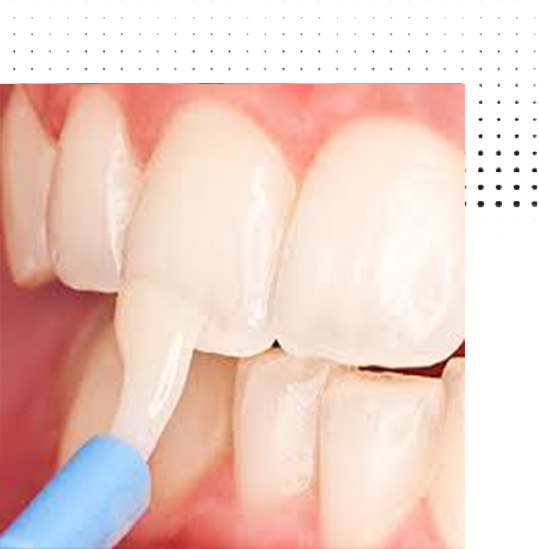Preventive Dentistry Fluoride
Preventive Dentistry Fluoride
What is Fluoride Varnish?
Fluoride varnish is a sticky, gel-like substance that contains fluoride. It is applied to the surface of the teeth and then dries quickly to form a thin, protective layer. This layer gradually releases fluoride, which helps to remineralize and strengthen tooth enamel.

Benefits of Fluoride Varnish
1. Enhanced Remineralization: Fluoride varnish helps to remineralize demineralized enamel, making it more resistant to acid attacks from bacteria and dietary sugars.
2. Cavity Prevention: Regular use of fluoride varnish can significantly reduce the risk of developing cavities by strengthening the tooth structure.
3. Ease of Application: The application process is quick, straightforward, and well-tolerated by patients.
4. Extended Fluoride Release: The varnish remains on the teeth for several hours, allowing for prolonged fluoride exposure compared to other forms of topical fluoride.
Application Process
1. Preparation: The dentist or dental hygienist cleans and dries the teeth to ensure that the varnish adheres properly.
2. Application: The varnish is applied using a small brush or applicator. It’s typically applied to the chewing surfaces, along the gum line, and any areas of concern.
3. Setting: The varnish sets quickly upon contact with saliva, forming a thin, protective film.
4. Post-Application: Patients are usually advised to avoid eating hard or sticky foods and drinking hot liquids for a few hours after application to allow the varnish to fully adhere and release fluoride.
Usage and Recommendations
- Children: Fluoride varnish is commonly used in pediatric dentistry due to its safety and effectiveness in preventing cavities in young patients. It’s especially useful for children with a high risk of tooth decay.
- Adults: It is also used in adults, particularly those with a high risk of caries, such as individuals with dry mouth, certain medical conditions, or those undergoing orthodontic treatment.
- Frequency: The frequency of fluoride varnish applications depends on individual risk factors and recommendations from the dental professional. For high-risk patients, applications may be recommended every 3 to 6 months.
After the application of fluoride varnish, there are a few important care instructions to follow to ensure that you get the maximum benefit from the treatment and avoid any potential issues. Here’s a guide on what to do and what to avoid after fluoride varnish application:
Care Instructions
1. Avoid Eating and Drinking for a Few Hours:
◦ Timeframe: It’s generally recommended to avoid eating or drinking for at least 30 minutes to 2 hours after the application, or as advised by your dentist. This allows the varnish to fully set and adhere to the teeth.
◦ Types of Foods and Drinks: Avoid hot foods and beverages, as well as hard, crunchy, or sticky foods that could dislodge the varnish. Soft, cool foods are preferable during this time.
2. Maintain Good Oral Hygiene:
◦ Brushing: You can resume brushing your teeth as usual, but it’s often advised to wait until the next morning or as directed by your dentist. Use a soft-bristled toothbrush and fluoride toothpaste.




